Village of the Week: The hamlet with no clear boundary, a Baronet and puzzling puddles
However, unless you know, the first-time visitor would be forgiven for having no real clue where Helperby begins and ends.
As you pass through, you will see all the attributes that make a village a home and a community.
Advertisement
Hide AdAdvertisement
Hide AdThere is the Millennium Village Hall, a butcher, doctor's surgery, mobile bakery and post office, two pubs and a disused Methodist Chapel which is now a house. An annual beer festival takes place each year and back in 2008, Helperby had a new pavilion at the football and cricket pitch. There is also a war memorial, in memory of soldiers in World War One.
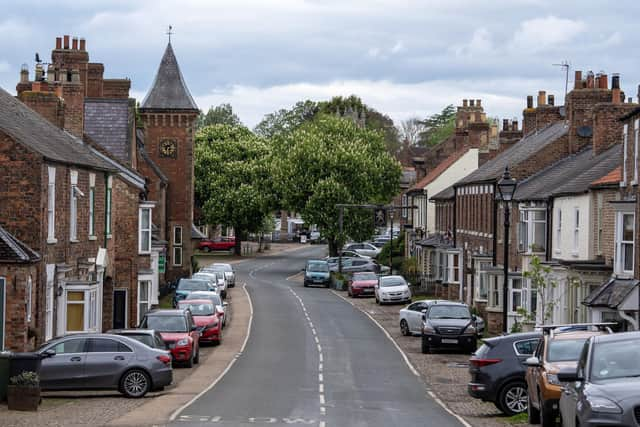

But before you know it, you are in the next, equally quaint village of Brafferton.
It makes it more confusing that the two parishes merged in 2019.
This came about as the result of a petition to merge the parishes, supported by more than 60 per cent of parishioners from both parishes and presented to Hambleton District Council in March 2018.
Advertisement
Hide AdAdvertisement
Hide AdBrafferton & Helperby Parish Council came ‘fully’ into being on May 2, 2019 and met for the first time a fortnight later.
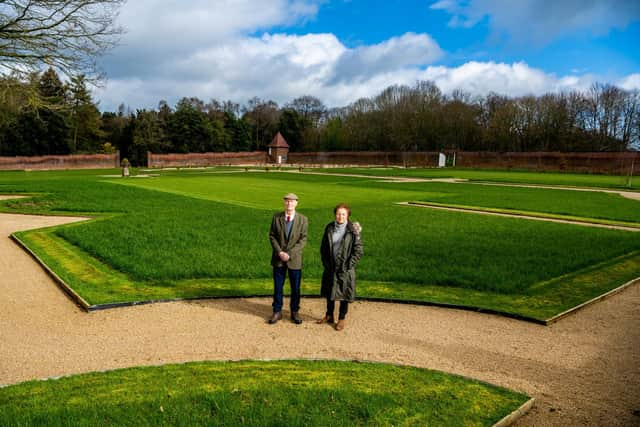

A delve into the history of the village, probably both villages, would take you back to Roman times.
The parish council says the Roman road from Malton to Aldborough passed through the area of the village to cross the River Swale at a ford.
If the theory is correct that this gives you Broad-ford-tun’, or a town at the broad ford, then you would get Brafferton eventually.
Advertisement
Hide AdAdvertisement
Hide AdThe ‘ton’ in the name indicates the Saxon origin of the village, possibly making it older than its sister village of Helperby.
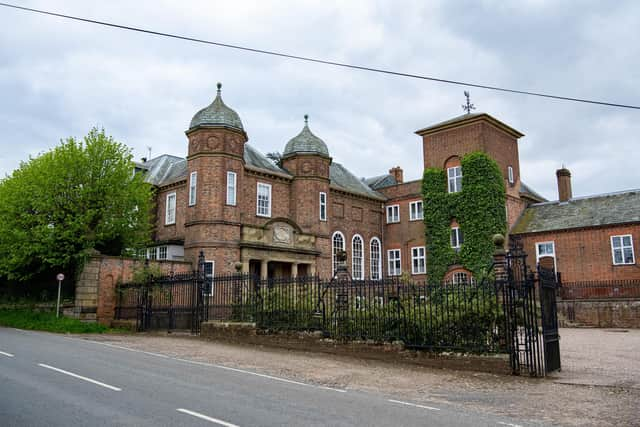

St Paulinus, a follower of St Augustine, after converting in 625 Edwin, the Saxon King of Northumbria to Christianity and before becoming the first Bishop of York, chose the River Swale at Brafferton as a place of baptism. At Christmas, in the year 626, ten thousand people entered the river to be baptised and it is recorded that no casualty resulted, even though the numbers were so great. In fact, those who entered having some ‘feebleness and infirmitie’ or deformity, returned from the river ‘whole and reformed’.
Helperby was a Danish settlement, probably in the period 875-950, by a Danish chief apart from the main Saxon village.
As the years have passed Helperby has grown and is now much larger than Brafferton.
Advertisement
Hide AdAdvertisement
Hide AdIn 2015, the then North Yorkshire County Council estimated that the two villages had a population of 820 people – 300 in Brafferton and 520 in Helperby.
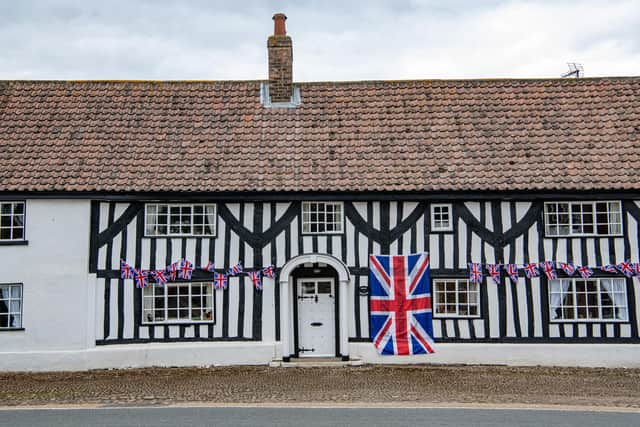

There is a legend that the name Helperby comes from the River Swale providing St Paulinus with ‘help hard by’ or ‘Helper-by’ when he needed water for the baptisms.
Apparently it is just a story though and there are other suggestions that the name is believed to come from that of a Viking land-owner, Hjalpa.
However, what is unusual about that is that Hjalpa is a woman and most place names were derived from males at that time.
Advertisement
Hide AdAdvertisement
Hide AdThe ‘-by’ ending is derived from the Scandinavian term for a farmstead or hamlet.
In 2018, the history of Helperby became very present when residents were puzzled by a puddle in an area where work was being carried out to re-lay some cobbles on the street near the war memorial.
The Yorkshire Post reported at the time that members of the Brafferton and Helperby Parish Council had organised the re-laying but had always been stumped by a persistent puddle in the spot where they were working.
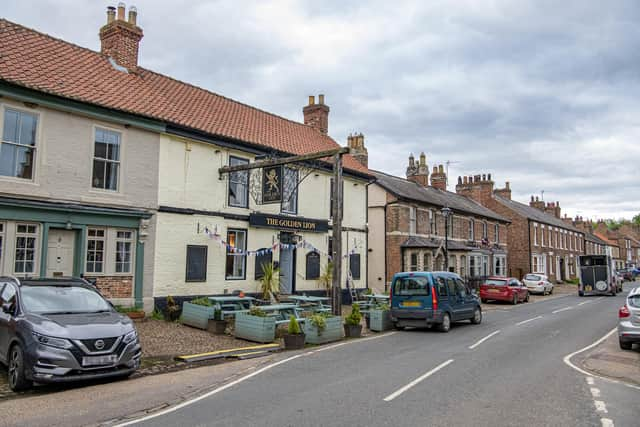

As the volunteers started digging deeper, more water appeared. Eventually they came to a limestone block.
Advertisement
Hide AdAdvertisement
Hide AdAfter speaking with the county archaeologist department and a few more investigations, members of the parish council were able to establish that it is a pre-16th century, possibly medieval, well.
A bit more research found that such items would not have been uncommon in Helperby in days gone by as there are thought to have been 17 wells dotted around the village.
Water mains had only been installed in Helperby relatively recently compared to some places, which would explain the number of wells.
Another recollection is that the doctor used to be mixing his medicine in the village pump in 1939.
Advertisement
Hide AdAdvertisement
Hide AdThere is a desire to preserve history in Helperby, but also to move forward and that is being showcased in one of the village’s most recent talking points - the Walled Garden at the historic Helperby Hall.
Being sticklers for tradition won’t lay foundations for the future, they say.
Lady Milnes Coates, whose husband, Sir Anthony Milnes Coates, Professor of Medical Microbiology, is the latest generation of the Milnes Coates family to occupy historic Helperby Hall.
After hosting a celebration to mark the the 200th anniversary of the Milnes Coates family’s history in the village, Lady Milnes Coates realised the need for a venue with sufficient space, and facilities, to accommodate weddings and other special occasions.
Advertisement
Hide AdAdvertisement
Hide AdWithin the landscape of the estate which stretches several across thousand acres, is the Walled Garden – a tranquil oasis which has evolved through the years.
It fed the family with fruit and vegetables during the war, but the changes in lifestyle and shopping habits means there is no need to produce food at the rate it once was.
However, there was potential to transform the four acre space.
The first wedding – when the venue was ready last year – was that of the couple’s son Thomas to his wife Annabel.
Sir Anthony explains: “It is diversification of the activities of the estate. It is the only way to survive long term.”
